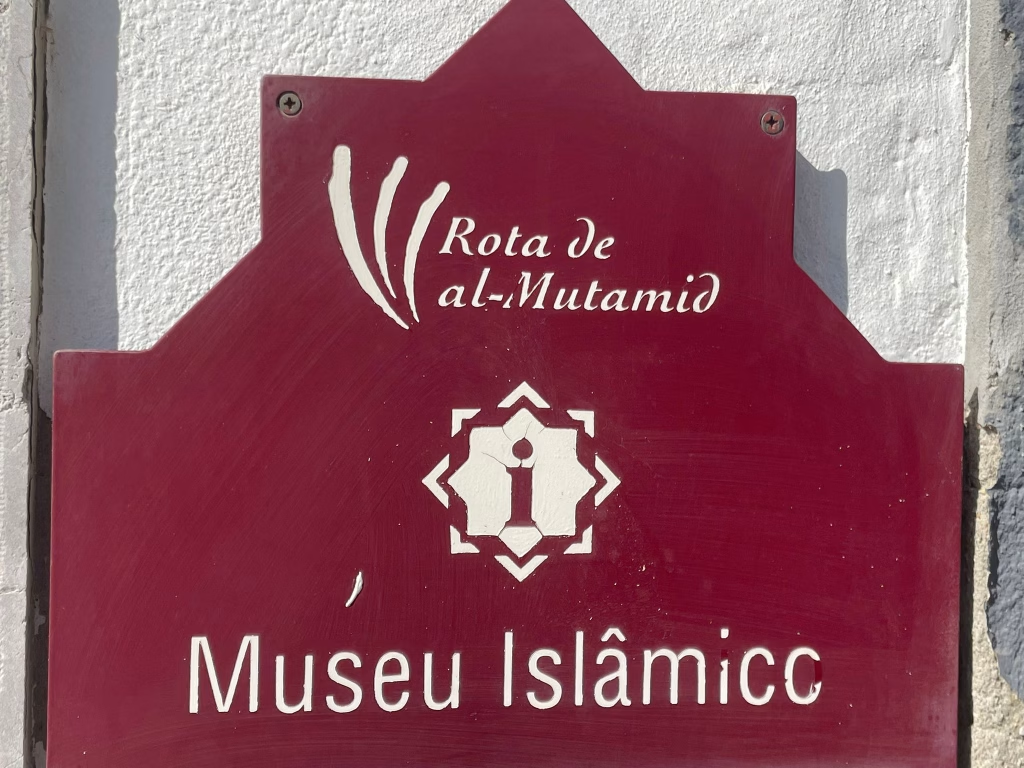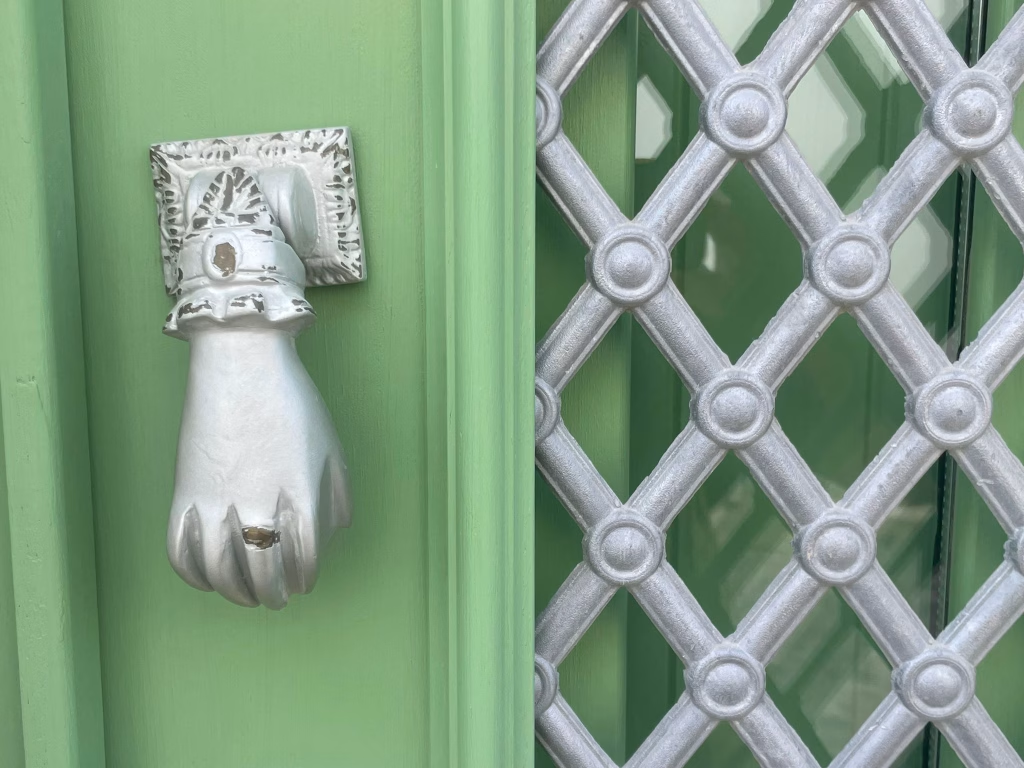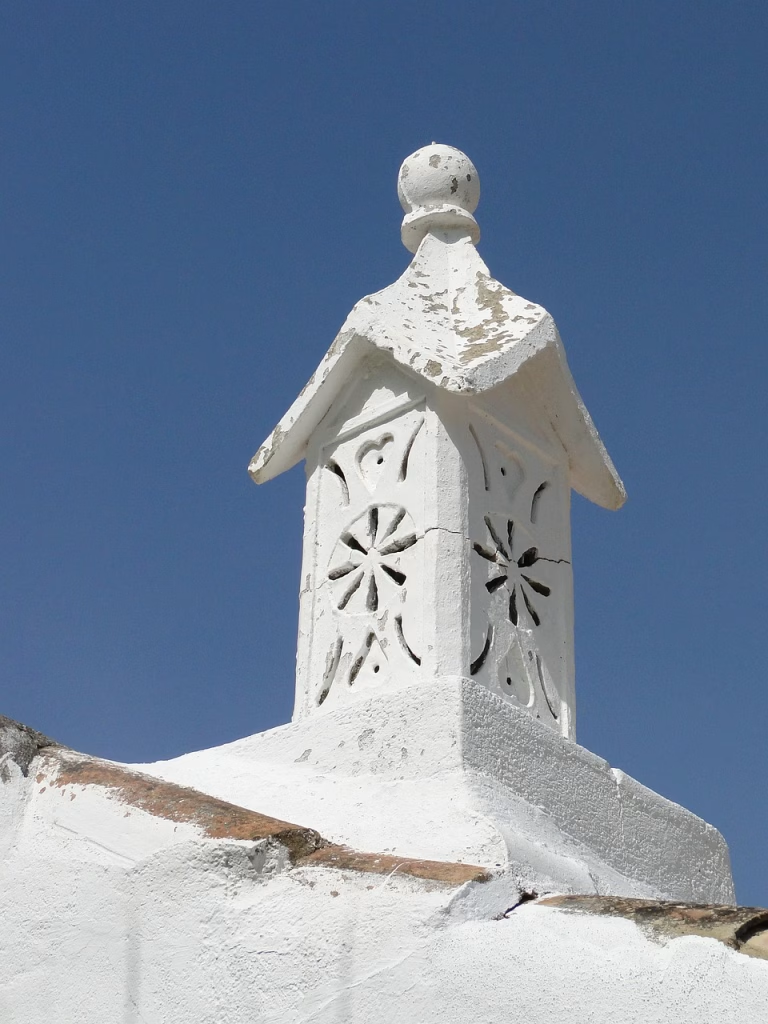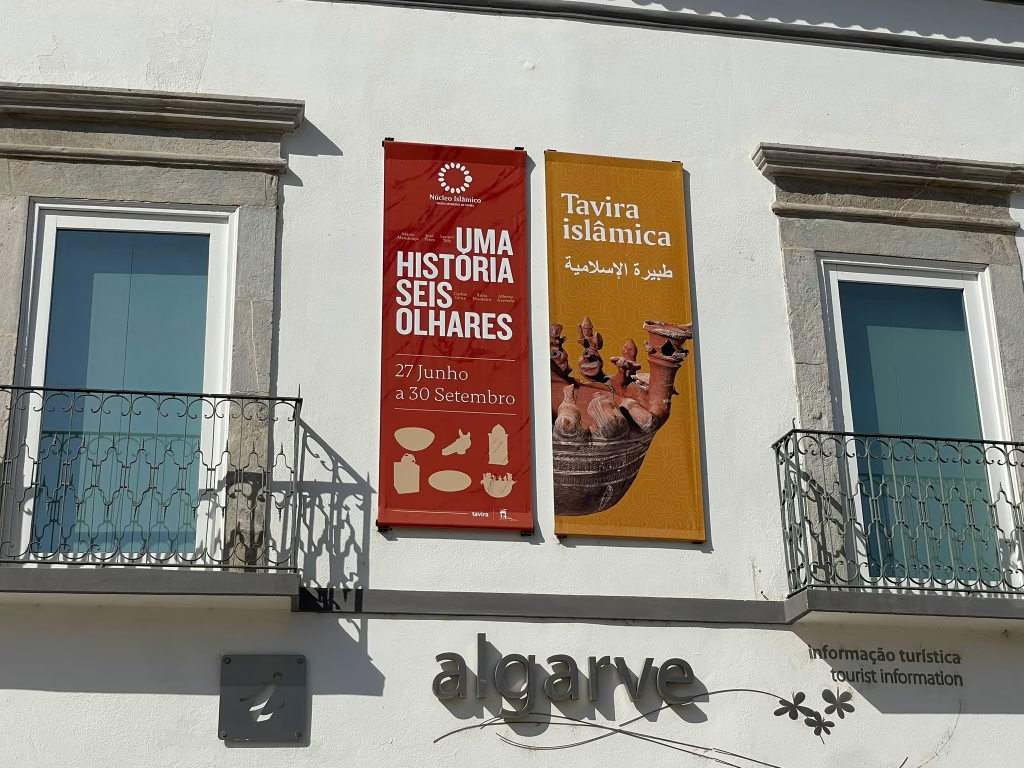En el corazón de Tavira, a un tiro de piedra del Puente Romano, se encuentra una escapada tranquila donde los lugareños toman café espresso, los abuelos charlan a la sombra y los niños persiguen palomas junto a los bancos de azulejos. Bienvenido a Jardim do Coreto -El jardín público más antiguo de Tavira y una de sus alegrías más tranquilas.
Tanto si está en la ciudad un fin de semana como si se queda más tiempo, esta pequeña plaza verde merece una visita pausada.
💚 Un jardín con historia
El Jardim do Coreto se remonta al finales del siglo XIX En el siglo XIX, cuando los jardines públicos empezaron a surgir por todo Portugal como espacios cívicos de paz. La versión de Tavira aún conserva su encanto del viejo mundo, con lámparas de hierro forjado un vintage quiosco de música (coreto) y un frondoso trazado que ofrece sombra fresca en las tardes cálidas.
El jardín se ha mantenido con esmero y se ha modernizado ligeramente: los bancos están recién pintados, los parterres cambian según la estación e incluso hay una pequeña fuente entre palmeras y pinos. Pero nunca da la sensación de estar demasiado cuidado; es como si aquí el tiempo pasara más despacio.
☕ Un lugar para la pausa
El jardín da al Mercado da Ribeira (Mercado de la Ribeira) y se encuentra entre dos de los mejores miradores ribereños de Tavira. Es un lugar natural para:
- Disfrute de un pastel de nata de una panadería cercana
- Leer un libro bajo un jacarandá
- People-watch mientras los lugareños pasan de camino al Puente Romano
- Disfrutar de un grupo en directo durante los fines de semana del festival (¡sí, el quiosco de música sigue en uso!)
A los padres les encanta porque hay espacio para que los niños deambulen con seguridad, y los bancos ofrecen un bienvenido descanso entre paseos más largos.
🎨 Azulejos, arcos y anclas
Tómese su tiempo para admirar azulejería histórica Algunos representan la vida rural, otros el mar cercano. Incluso hay un guiño a la historia pesquera de Tavira, con motivos de anclaje e imágenes de naves ocultas a plena vista.
En la linde del jardín, divisará la suave curva del Río Gilão -el sueño de cualquier fotógrafo en la hora dorada. Siga caminando y llegará al Plaza de la República en menos de un minuto.
🌺 Consejos prácticos
- Dónde : Frente al Mercado da Ribeira, a lo largo de la Avenida Dr. Mateus Teixeira de Azevedo
- Cuándo visitarnos : Temprano por la mañana para la paz; tarde para la luz dorada y observar a la gente.
- Cafés cercanos : Pruebe Padaria Vila Doce o A Casaa pocos pasos de distancia para tomar un tentempié o un almuerzo rápido.
- WC público : Situado a la salida del Mercado o en la Plaza
🌞 Por qué nos encanta
Puede que Jardim do Coreto no llame la atención, pero no tiene por qué. Es el tipo de lugar en el que verá a un hombre de 90 años leyendo el Jornal do Algarveun adolescente tocando la guitarra y un turista como usted sonriendo tranquilamente, sintiéndose extrañamente como en casa.
A veces, las mejores sorpresas de Tavira son las tranquilas.
🎶 Jardim do Coreto también: Música, Danza y Fiestas Locales
Durante los meses más cálidos, Jardim do Coreto se transforma en un vibrante escenario cultural que acoge a residentes y visitantes con música, danza y fiesta a la sombra de las palmeras y el antiguo quiosco de música de hierro.
- 🎤 Fado no Coreto returns cada verano, de mediados de julio a finales de agosto . Cantantes de fado emergentes como Pedro Viola , Helena Candeias , Inés Gonçalves , Melissa Simplício y Sara Gonçalves se turnan en el quiosco para llevar la intensidad emocional del fado tradicional a este íntimo jardín, parte del programa cultural oficial de Tavira "Verão em Tavira".
- 💃 Para el últimos años El jardín también alberga dos Grandes Bailes de Verano , celebrando la convivencia generacional y la cultura popular. Se trata de orquestas de baile en directo interpretando queridos ritmos portugueses y latinos, invitando a todos -jóvenes y mayores- a bailar en las cálidas noches de julio bajo el cielo abierto.
- 🎪 Durante la primavera, el frondoso jardín se convierte en un lugar central para Mostra da Primavera Salón de Primavera de Tavira. En abril, Jardin do Coreto acoge espectáculos de acordeón , espectáculos de danza folclórica de ranchos locales, teatro de marionetas, actuaciones musicales como el Banda Musical de Tavira y escaparates comunitarios que reúnen artesanía y tradición en un lugar festivo.
Ya sean los acordes conmovedores del fado o los animados pasos de una danza de pueblo, el Jardin do Coreto late con el latido cultural de Tavira durante todo el año.








